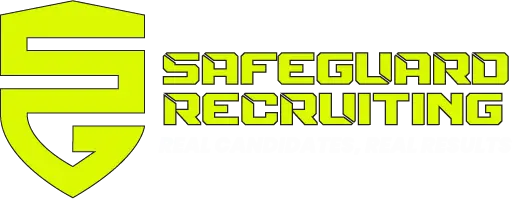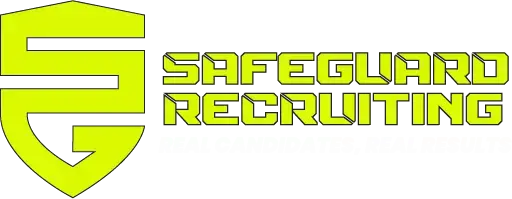Running ads, billboards, or occasional job fairs is easy. Knowing whether they work is not isn’t so easy. If you want to truly staff up, you have to measure the right things. From tracking where interest originates to calculating the cost-per-hire, the data drives better decisions, faster results, and smarter budgets. Here are the essential metrics every agency should be tracking and practical steps to improve your recruiting ROI.
Start with Source Tracking: Know where interest comes from
The first metric you must capture is: how much interest it takes to produce one applicant. That means tracking every touchpoint , billboards, bus ads, Facebook posts, QR codes, job fair leads , and tying each of those sources to a specific landing experience. Sending general traffic to your main website won’t tell you anything.
Practical steps:
- Create dedicated landing pages for each campaign or use tracking tools that tag the source.
- Use QR codes or campaign-specific URLs so offline ads can be measured.
- Deploy a live dashboard that shows spend, source, and candidate flow in real time.
Measure Conversion: Applicants to Hires
The second must-know metric is: how many applicants does it take to make one hire. Across campaigns we see department conversion rates ranging roughly from 3% to 10%. The higher end is achievable when agencies follow our recruiting system that minimize candidate drop-off.
Understand your funnel: applicant → test → physical fitness → background check → interview → hire. Each stage loses people, so you need to know where the biggest leaks are and address them first.
Common leak points and fixes
- Applicants dropping out before testing: simplify scheduling and send reminders.
- Fitness test no-shows: offer prep resources and clear expectations.
- Background check delays: streamline paperwork and communicate timelines.
Know Your True Cost: What does a hire actually cost?
Every purchase in a department has a price tag and recruiting should be no different. Based on hundreds of campaigns, a realistic sourcing cost runs around $1,500–$2,000 per hire. That covers the money needed to source candidates, convert them into applicants, and move them through the hiring process. When you can show this number to city leaders or budget committees, conversations about funding go from hopeful to strategic.
Compare that to ongoing overtime and emergency hiring bonuses: targeted recruiting can be a far more efficient use of funds.
Tools and tactics that actually move the needle
- Use a recruiting platform such as SAFEGUARD Connect, that tags source data and consolidates analytics into one dashboard.
- Avoid vague mass-media bets unless each ad drives to a trackable lead magnet.
- Prioritize digital campaigns that deliver measurable interest and allow rapid optimization.
- Train internal recruiters to use data to focus outreach where it converts best.
Bottom line: Data is king. If you can’t measure where candidates come from, how they move through your process, and what it costs to hire them, you’re recruiting blind.
If you want to see real, actionable results and increase applicants without guessing, get started today. Visit SAFEGUARD today to learn about tools and pricing designed for agencies of every size and begin tracking the metrics that actually matter.

